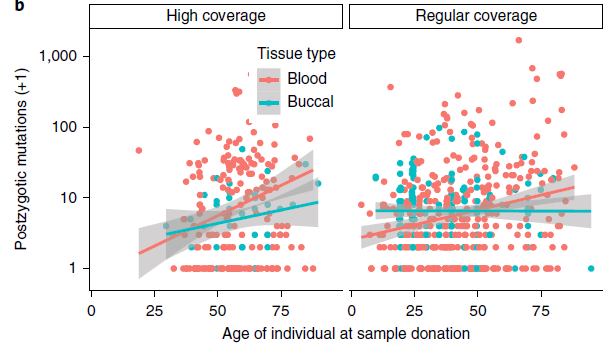
Nice work by @benmpeter's lab.
Main results:
(1): A model for the segment length distribution under admixture that was ongoing for multiple generations.
(2): Extensive simulations for testing inference accuracy for admixture time + duration, ...
1/4
biorxiv.org/content/10.110…
Main results:
(1): A model for the segment length distribution under admixture that was ongoing for multiple generations.
(2): Extensive simulations for testing inference accuracy for admixture time + duration, ...
1/4
biorxiv.org/content/10.110…
including when introducing errors in the recombination map. It seems that long admixture introduces high variability in the inference of the admixture duration, in particular when the recombination rate is mis-specified.
2/4


2/4



(3) They looked at admixture LD decay in Neanderthal ancestry in modern humans. The empirical data is consistent with admixture lasting anywhere between one and thousands of generations.
3/4
3/4

A minor comment: I'm a bit puzzled by Eqs. (12-15). The LD between sites d Morgan apart is said to be modeled by the prob. of a segment to have len >d. However isn't this valid only for pulse admixture (where seg len is exponential, and thus memoryless)? Happy to learn more.
4/4

4/4


• • •
Missing some Tweet in this thread? You can try to
force a refresh







